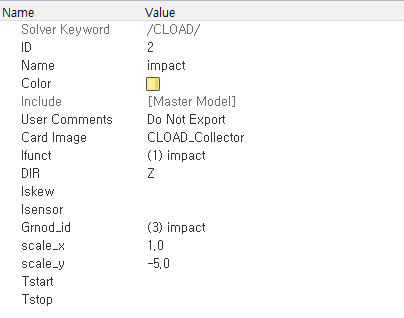Hi,
In figure, two 1T shells are fixed on one edge. (Gap between 2 shells is 1.1)
<?xml version="1.0" encoding="UTF-8"?>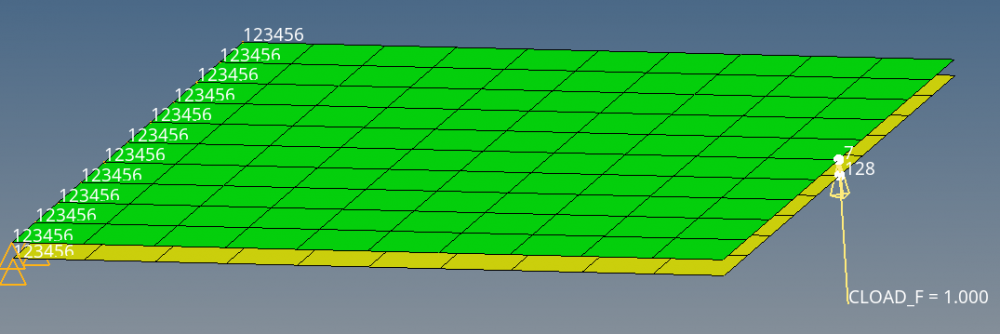
Interface between top and bottom shells is modeled by using /INTER/TYPE2.
To set no relative motion, setting in type2 is default.
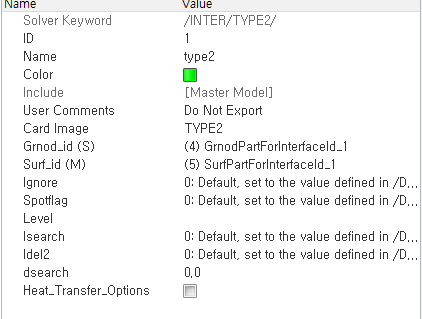
Concentrated load is excited at node number 7 on top shell. Load curve and scale are as follows. (The load has effect like Impact.)
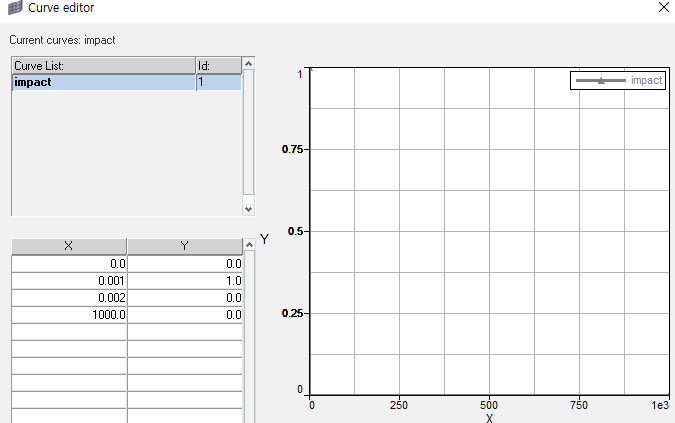
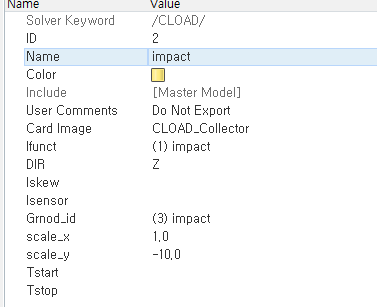
I think that relative displacement between node 7 and 128 is perfectly zero because I use type2 default.
However, in x,y,z direction, relative displacement occurs.



It looks like almost zero but I want perfectly no relative motion.
How can I set that?
Another question is
Physically the plate is excited by impact, acceleration of plate is decayed
I don't use damping, so I think acceleration of some node is decayed to steady state response.
But acceleration of node 7 is like this. Response is increased. Why???

Thanks
<?xml version="1.0" encoding="UTF-8"?>